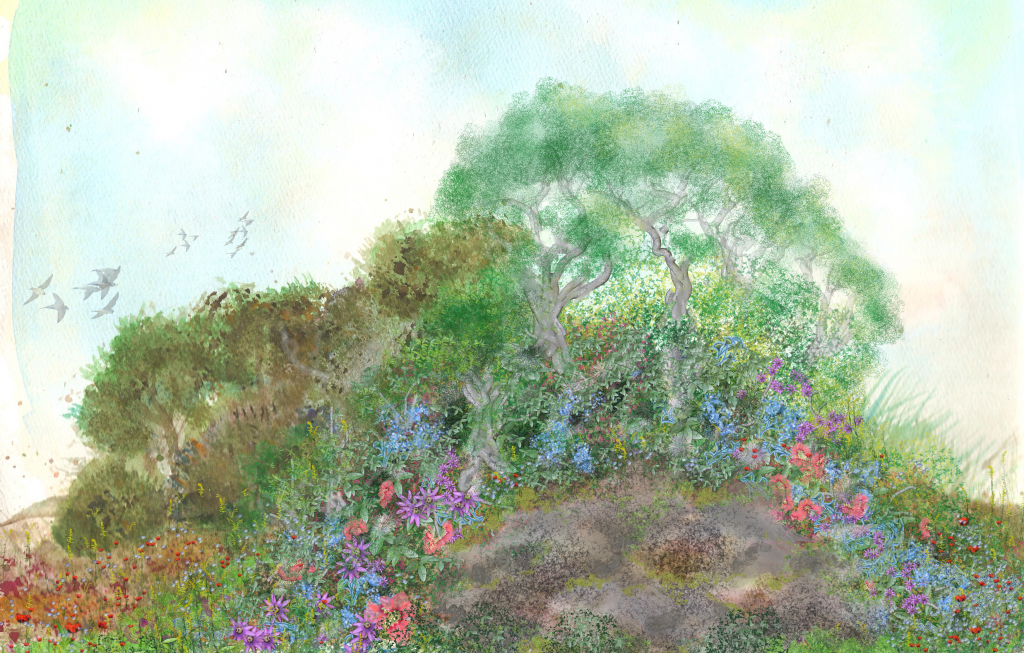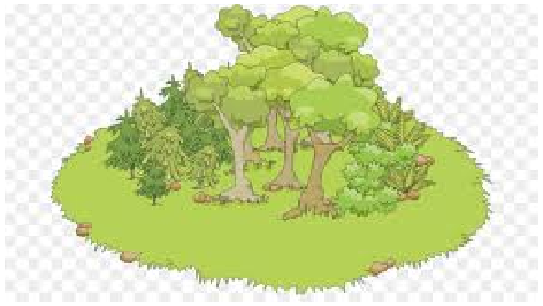
A clump is a bundle or collection of threads, grass, hair, or other similar materials held or growing together at the base. Clumping is a behavior in which members of a particular species cluster together for mutual benefit, accompanied by allied symbiosis and coexisting most remarkably with a robust sociable synergy. “Scrubby tufts of grass,” for example, are little clusters of elongated flexible outgrowths that are joined or close together at the base but free at the opposite ends. Clumps, Tufts and Hummocks are difficult to generalize about due to their architectural variability.
Picture a clump of ornamental grass, becoming thin in the center (such as festuca ovina glauca). Begin with clumps of horticultural grasses and as they devitalize from the center, then begin to work in taller, flowering perennials, building up the structure of the mound and guiding the grasses to migrate out towards the outsides. This is the biocomplexity way of organic emergence in landscape design.
The same goes for clumps of Moss (Polytrichum commune). Mosses do well growing on top of old stumps, so that an old tree that has gone may be the start of a new communis.
Eventually, clumping shrubs and then trees will advance from the center. Jumbles and knots are synonyms.

Clumps and tufts of Conceptual Information in the 10-01 organization’s Complex Adaptive Network are a further example. The principle stays true across all our self-reflective information architecture.